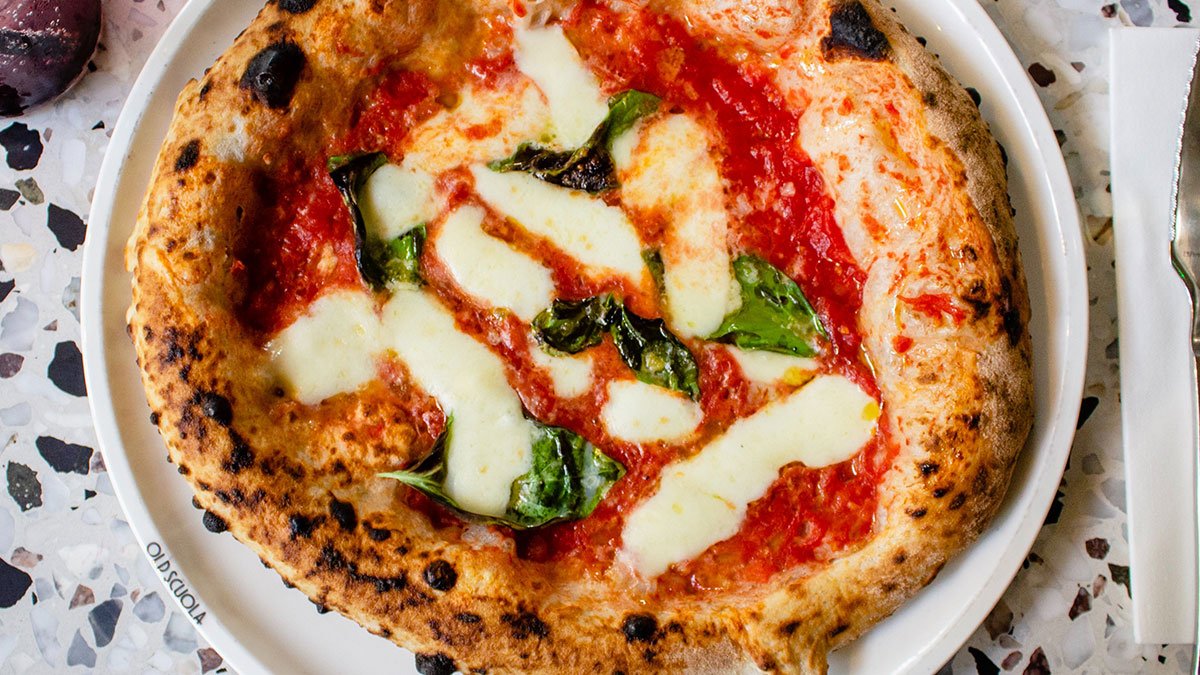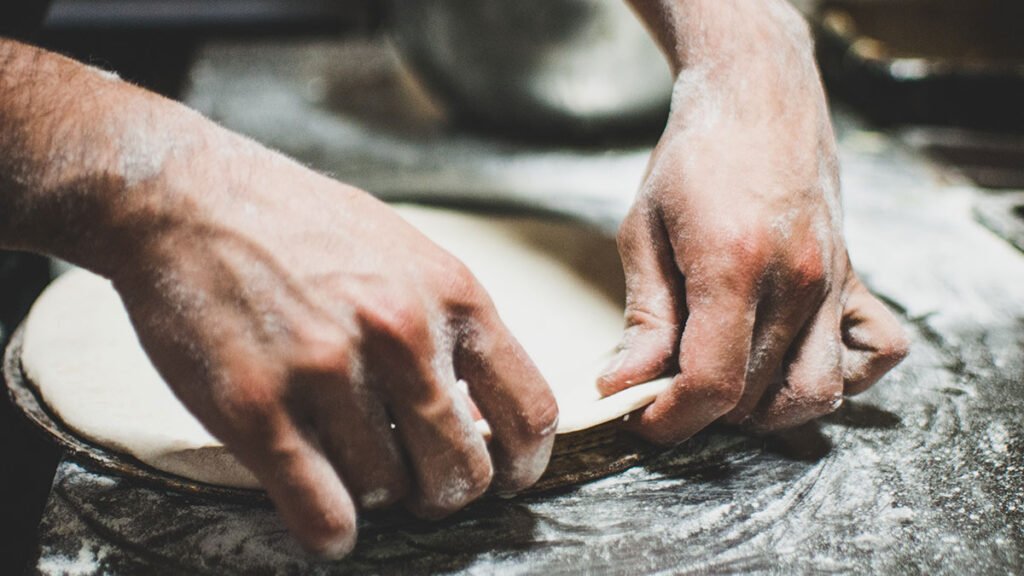
Pizza Napoletana, 7 Cooking Tips For Pizza Napoletana
Pizza Napoletana is Italy’s most iconic culinary creation, the original Pizza Napolitana is made with just a few simple ingredients and comes in just two variations
- Marinara, the basic Neapolitan pizza with a tomato-based sauce flavored with garlic and oregano;
- Margarita, which is over the top. With tomatoes, mozzarella, and fresh basil leaves, a delicious combination whose colors represent the Italian flag.
The crust is very thin at the base, and the dough rises at the sides, resulting in an airy crust that, if cooked correctly, should usually have charred ‘leopard spots. The origins of this famous Neapolitan dish can be traced back to the early 1700s, when we know it today as pizza marinara, first introduced by Italian chef, writer, and philosopher Vincenzo Corrado in his treatise on the eating habits of the people of Naples. What did I say?
Almost 200 years later, in 1889, premier Neapolitan master pizzaiolo Raffaele Esposito added mozzarella to the mix and invented the Margherita, now commonly referred to as the first modern pizza. Originally known as La Piazza Tricolore, Esposito’s creation is said to have been built in honor of Margherita of Savoy, the queen consort of Italy, and named after a visit to Naples at the time. had been
In 2010, as one of Italy’s most popular cuisines worldwide, pizza Neapolitana was officially recognized by the European Union and given the designation Traditional Specialty Guaranteed. And remember, a good Pizza Napoletana doesn’t need any additions other than the designated toppings.
Pizza Napoletana Ingerdients
- Tomato
- 00 Floure
- Mozzarella Chees
- Olive Oil
- Basil
- Oregano
- Yeast
- Salt
Cooking Tips For Pizza Napoletana
1 Making The Dough
Ideally, the dough, which is made from just flour, yeast, salt, and water, should be made the night before or in the morning to give it enough time to rise. Traditionally, Italian 00 flour is used, which is similar to all-purpose flour.
Preparation begins with dissolving salt in water, then adding it to the yeast to dissolve it. Then, first, a part of the flour should be added to the water, and then the rest of the flour should be added in batches until you get a smooth, loose dough. If possible, the yeast should not come into contact with the salt because it draws out the water, killing the yeast, which is why some cooks recommend that the yeast is in the flour rather than the water.

Dissolves. In any case, contact between yeast and salt should not exceed five minutes. While the amount of water is always specified, the reason why flour is added gradually and recipes do not specify the amount of flour, is because the amount of flour depends on moisture, i.e. whether any Certain day flour absorbs more or less. Water. Knead the dough until smooth and not sticky, about 15-20 minutes, up to 30 minutes if mixing by hand.
2 Fermenting The Dough
The dough has to rise twice for at least 8 hours – the first rise is 2 hours long and the second 6 hours; However, the second rise can last up to 16 hours, ideally at 23°C/73°F, or in the refrigerator, equaling a total of 18 hours of fermentation. If the dough is kept in the refrigerator, it should come to room temperature before you start shaping it.
Before the second edition, the dough needs to be divided into about 200 to 280 g (7-10 oz) balls, depending on the size of the pizza you are making, either 22-24 cm (8.5-9.5 inches) or 28–35 cm (11–13.5 in) wide. The dough balls should be covered with a damp cloth so that they do not dry out.
3 Shaping The Dough

The dough, which should be at room temperature, only needs to be handled by hand. First, the dough ball needs to be placed on a lightly floured work surface. After that, just press it with the fingers, working from the center outwards, and twist it several times. The result should be a disk of dough with the outer edge up, about 1-2 cm (1/2-inch), and a center that is only 0.3 cm (1/8-inch) thick. The disc must not exceed 35cm (13.5 inches), but may be made smaller but must not be less than 22cm (8.5 inches) in diameter.
4 Tomatoes for Pizza Napoletana
Both unripe, canned, and fresh tomatoes of the traditional San Marzano dell’Agro Sarnese-Nocerino variety can be used. If using peeled tomatoes, they should be strained, salted, and mashed into a smooth mixture. The amount of salt added to tomatoes is about 10-12 grams (2 teaspoons) per 1 kilogram (2.2 pounds) of tomatoes.
If you want to peel tomatoes at home, first, make an incision in the bottom of each one and briefly submerge them in boiling water, then peel them in cold water. Besides the San Marzano dell’Agro Sarnese-Nocerino variety, other acceptable varieties for fresh consumption are pomodorini di Corbara (Corbarino) and pomodorino del piennolo del Vesuvio D.O.P. Also, both fresh and canned so-called Roma tomatoes (Pomodoro lingo Tipo Roma) are fine to use.
5 The Pizza Topping
The toppings for pizza marinara are arranged like this: first tomato, then oregano, and thin slices of garlic, followed by a light drizzle of olive oil. Some recipes also call for basil and/or black pepper, but these are not ingredients in traditional pizza marinara.
6 Baking Tips

Traditionally, pizza marinara is cooked in a wood-fired oven at 465 to 485 °C (870 to 905 °F), but the wood used must not be smoked, and must not contain odors or moisture. Should be, as it can change the scent. of pizza.
7 At-Home Preparation
Since it’s impossible to get the temperature of a wood-fired oven from a home oven, here are a few tips to help you get the best results at home. First, it is advisable to bake the pizza on a baking stone or baking steel and turn on the broiler or grill option before putting the pizza in the oven. Of course, the oven needs to be heated to the highest possible temperature.
Also, for home preparation, it is advisable to make a smaller version of the pizza, which will bake faster, thus significantly reducing the risk of you ending up with crispy, hard pizza dough.